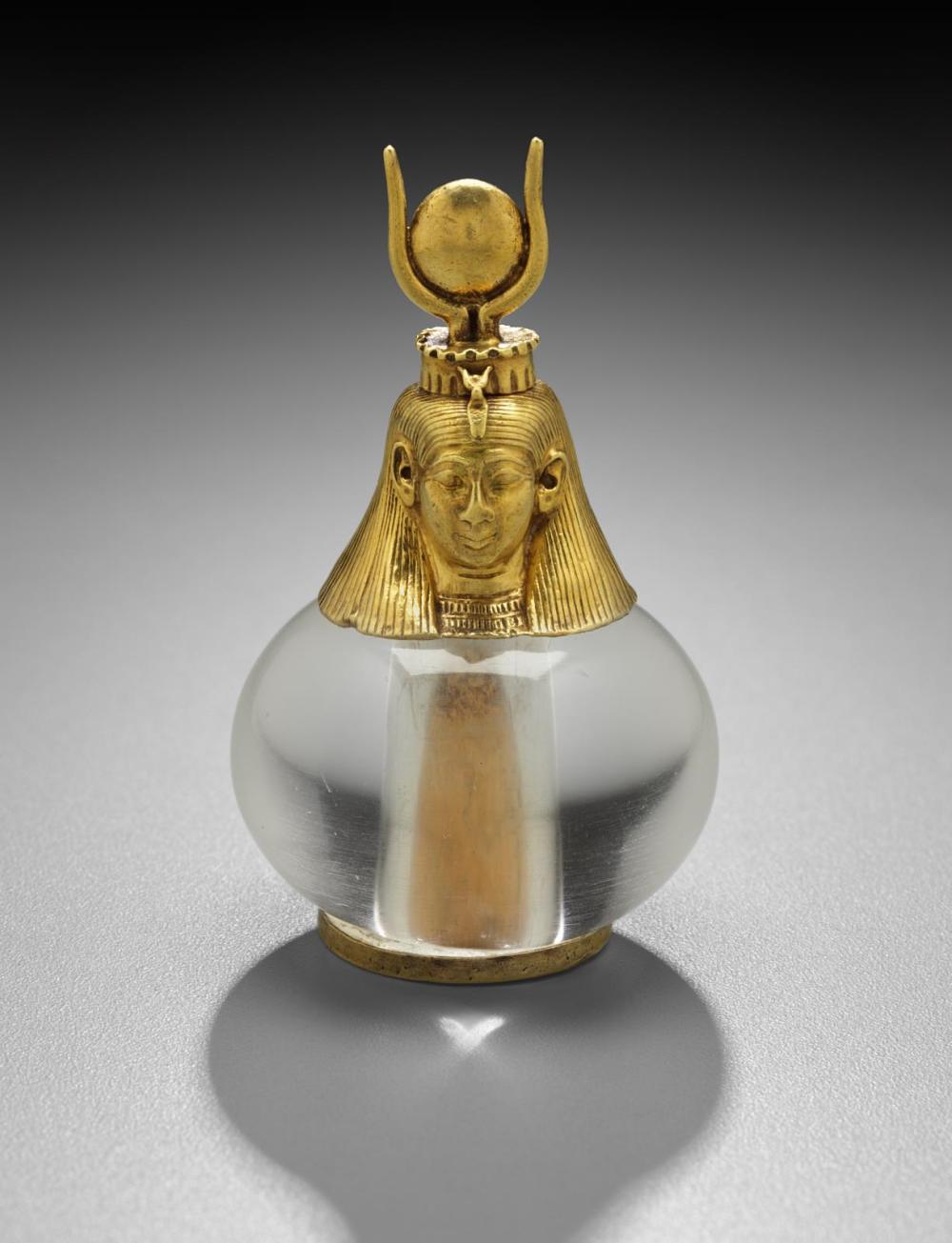Nubia Forever
The Getty Villa has been featuring shows of ancient cultures contemporary with Greek and Rome. The latest example is "Nubia: Jewels of Ancient Sudan From the Museum of Fine Arts, Boston" (through Apr. 3, 2023). It's accompanied by "Adornment | Artifact" (through Mar. 5, 2023), a multi-media & five-venue exhibition of 60-some contemporary L.A. artists exploring the cultural legacy of Nubia.
Located along the Nile in today's Sudan and southern Egypt, Nubia has a history spanning over three thousand years. As the Kingdom of Kush, it was an important political power from about 1070 BC through Roman times. More recently, Nubia has became a focus of Black American pride and even a branding opportunity. "Black Panther" writer Ta-Neishi Coates has said he identifies the fictional "Wakanda" with Nubia. There was once a Nubian orange crate brand, and Kush Kingdom was a chain of L.A. marijuana dispensaries.
"Nubia: Jewels of Ancient Sudan" is a selection drawn from America's pre-eminent collection of Nubian material. From 1913 through 1932 the Boston Museum of Fine Arts and Harvard participated in well-documented Sudanese excavations and were allowed to keep a share of what was found. Boston's museum collection is now considered the best outside of Khartoum.
At the title indicates, this is a show of small works in precious materials. The famous Hathor Pendant (top of post) is barely 2 inches high. Hathor was a goddess of motherhood. She surmounts a crystal ball that may have once contained a magic inscription. There's a loop behind Hathor's head that indicates it was a pendant. Nothing quite like this object has been found anywhere else.
 |
| Nubia's pyramids were more vertical than Egypt's. This 1921 view of the Meroe Cemetery by Mohammedani Ibrahim Ibrahim was taken as part of the Harvard University–Boston Museum of Fine Arts Expedition |
 |
| Vessel in the Form of a Bound Oryx, Egyptian alabaster with modern wood horns, 700–660 BC. Boston MFA |
 |
| Statue of King Senkamanisken, granite gneiss, 643–623 BC. Boston MFA |
 |
| Necklace, carnelian, Egyptian alabaster, and obsidian, AD 50–320. Boston MFA |





Comments